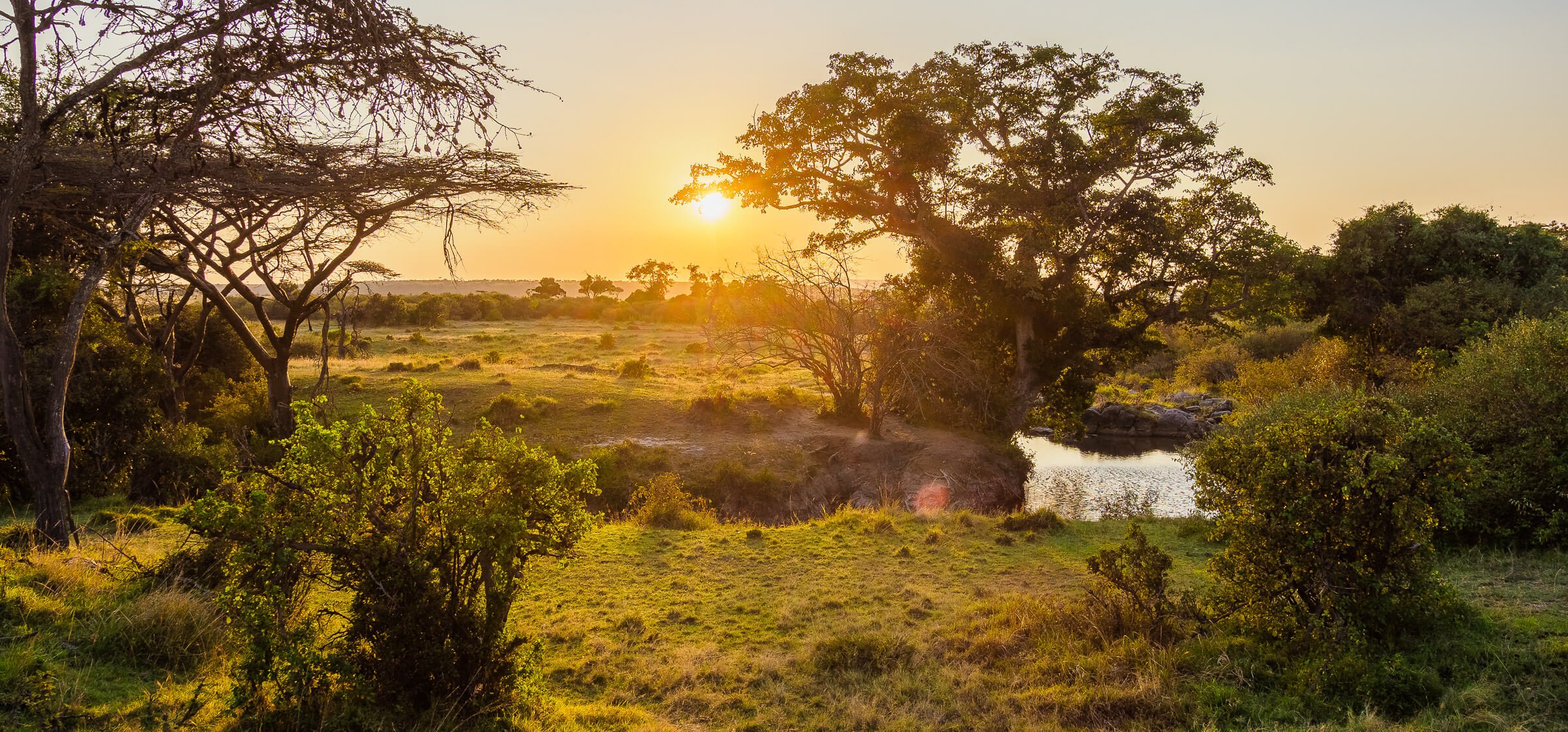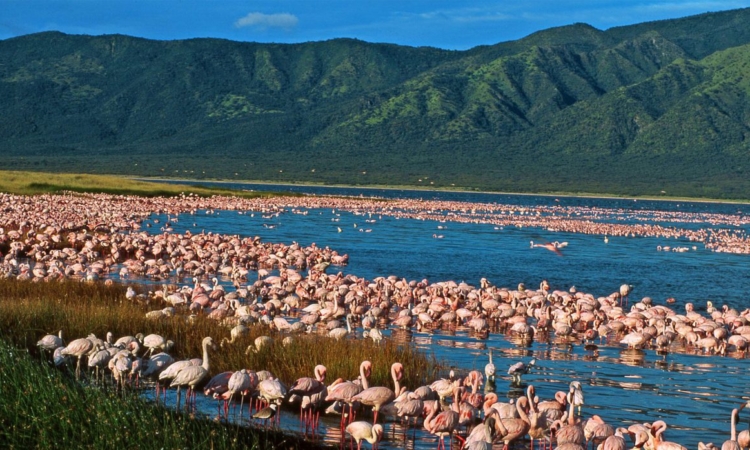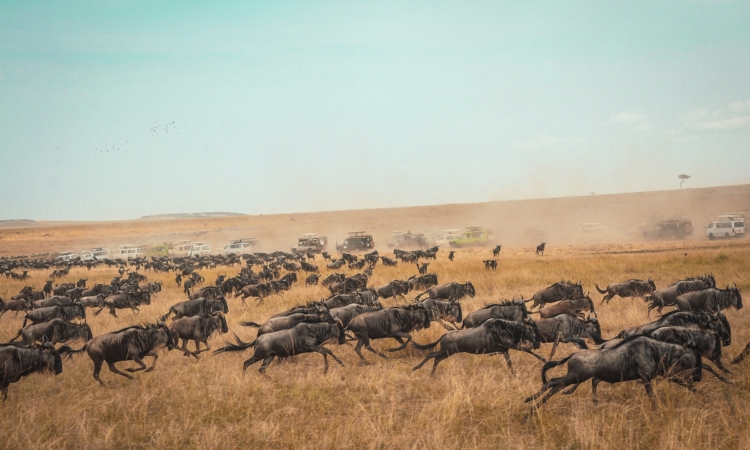Masai mara is the most visited conservation area in Kenya boasting with one of the most distinct ecosystems on earth made up of the main reserve and other community conservancies. The diverse ecosystem comprises of savannah grasslands, dotted acacias, swamps, forests, shrubs, seasonal river lets, rivers and so much more supporting a habitat for several wildlife species.

The Masai Mara ecosystem
The Masai Mara ecosystem hosts above 90 species of animals such as lions, African wild dogs, elephants, cape Bufalos, cheetahs, wildebeests, zebras, black and white rhinos, spotted hyenas, African civets, African clawless otters, crocodiles, side stripped jackals, African wolves, caracals, servals, black backed jackals, honey badgers, aardwolves, African wild cats, bat eared foxes, impalas, genets, kudus, Masai giraffe, hartebeests, duikers and roan antelopes to mention a few.
Masai mara national reserve has become a major center of research for the spotted hyena. Its also a lion conservation unit. The magic that excites and attracts 80% of visitors to Masai mara is the great wildebeest’s migration that is a continuous movement of 1.5million wildebeests, thousands of zebras, gazelles and other antelopes from Ngorongoro conservation area, Serengeti national park and Masai mara game reserve in Kenya.
Masai mara game reserve is also home to over 500 species of birds recorded. Some of the examples of birds found at the reserve. Include. Yellow billed stork, jaunty crowned plovers, Kori bustard, ostrich, rufous bellied heron, Madagascar squacco heron, giant kingfisher. Martial eagle, shallows turaco, pygmy falcon, African finfoot. Lazy cisticola, red throated tit, silverbird, southern ground hornbill, saddle billed stork. Swahili sparrow, yellow mantled widowbird, Tabora cisticola, southern ground hornbill, giant kingfisher. African wood owl and cinnamon breasted bunting to name a few.
One of the most spectacular highlights of the mara ecosystem is the popular wildebeest’s migration. This involves the migration of nearly 2 million animals to the Masai mara reserve. In search of water and fresh pastures. The wildebeests migration is the second largest terrestrial animal migration on earth. Making it one of the top 10 natural wonders in Africa.
The major rivers supporting the ecosystem are mara river, Talek and sand river. The climate is semi-arid with biannual rains with two distinct wet and dry seasons.
Plan for the great wildebeest migration by contacting our migration safari companies or inquire with us below to plan for your safari tour with us.











